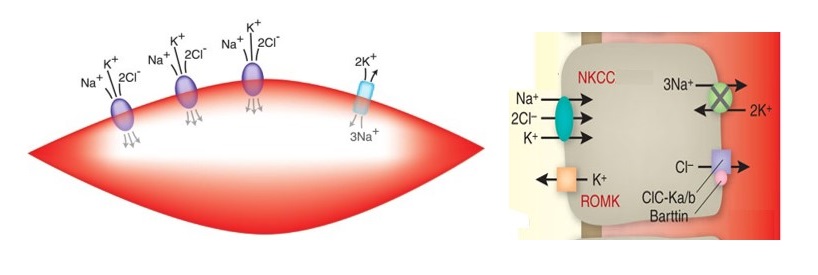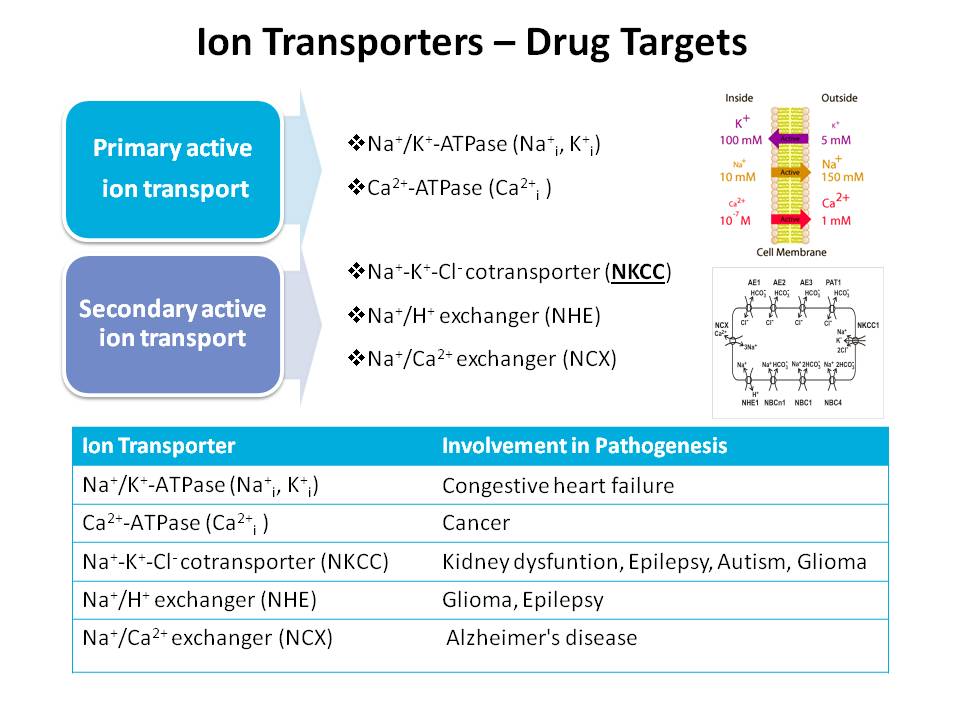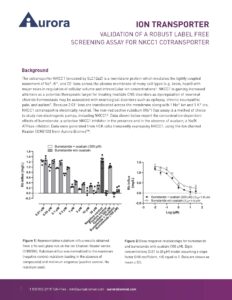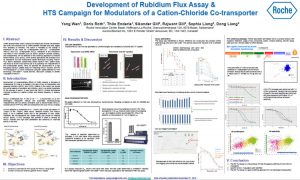PRODUCT INFORMATION
In biological systems, the movement of molecules across cell membranes is a fundamental process necessary for the survival and function of all organisms. To facilitate this, nature has evolved a remarkable diversity of transport proteins, broadly classified into three main categories: channels, pumps, and transporters, as categorized by the Transport Classification (TC) system.
Transporters
Unlike channels and pumps, transporters are incredibly diverse regarding the substances they move and their mechanisms of action. They are responsible for transporting many molecules, including amino acids, sugars, various metabolites, neurotransmitters, vitamins, cofactors, and even transition metals. Each transporter protein is highly specialized to carry out its particular role, ensuring that specific molecules are removed or expelled from the cell as needed.
Membrane Transporters
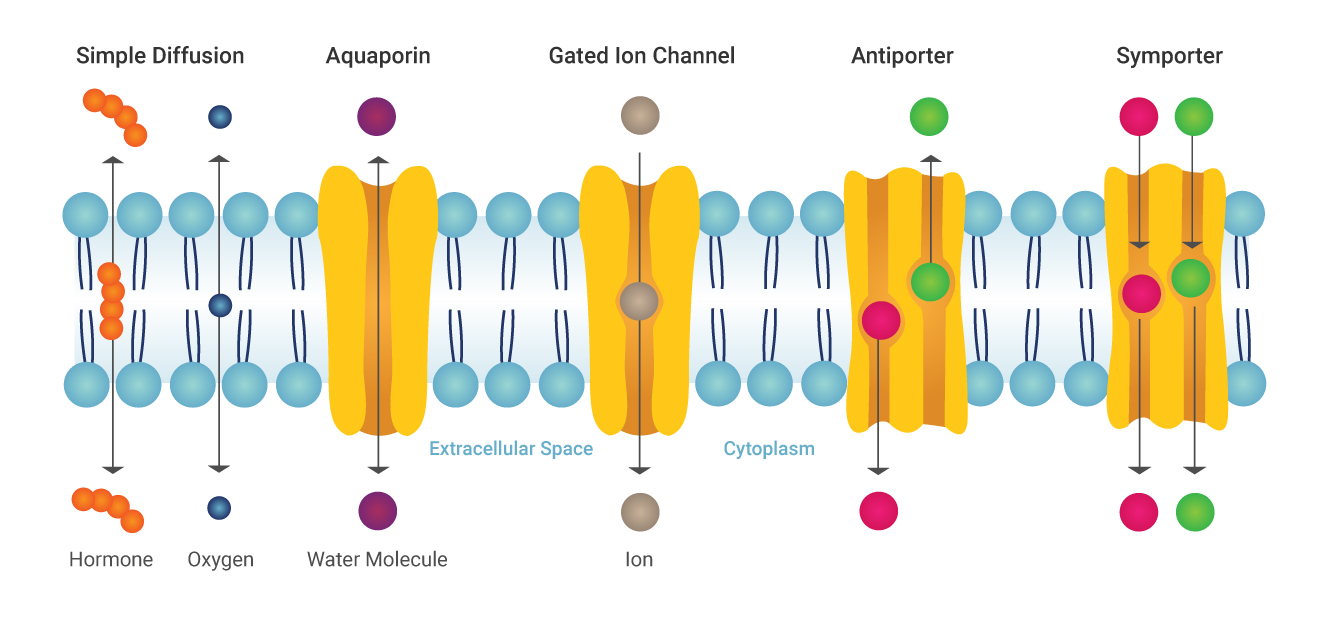
Transporters are key determinants of drug ADME properties. There are two classes of transporters. Many drugs have been proven to be substrates or inhibitors of ion transporters and would affect drug absorption, distribution, excretion, and interaction to different degrees. The importance of ion transporters in drug discovery has been growing increasingly, which would make a significant impaction on drug safety and efficiency. Several examples are listed below which show the involvement of the transporters in pathogenesis.
Label-Free Technologies for Drug Discovery
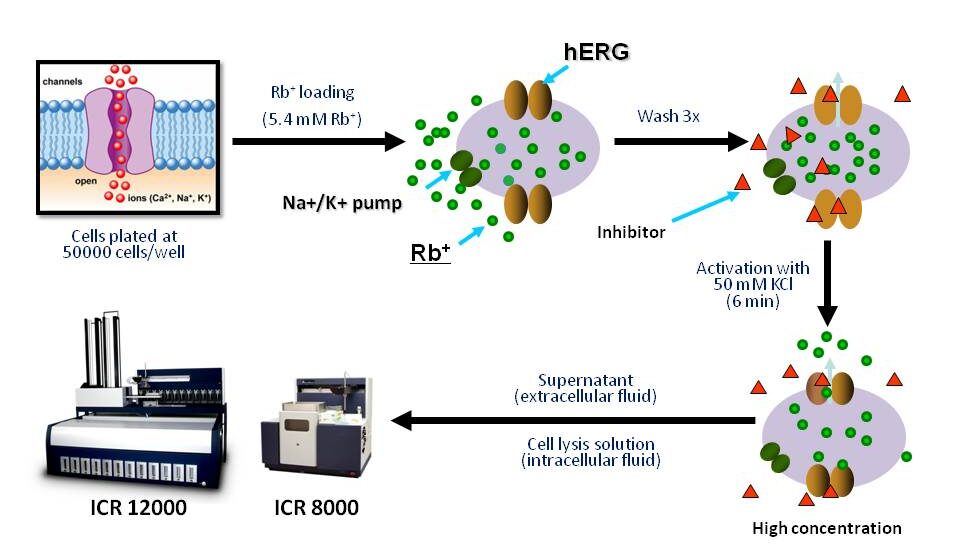
“ICR to IC50” Results from ICR 8000/12000
The ICR series detects ion movements across membrane proteins by measuring the concentration of intracellular and cytosolic ions of interest using Atomic Absorption Spectroscopy (AAS). This technique is independent of and complementary to methods that rely on voltage manipulation and is used to predict drug potency (IC50).

Validation: How comparable do patch-clamp and ICR obtain the IC50
A comparison of Efflux Assay and Manual Patch Clamp Data on hERG channels clearly shows that measurement of Rb+ efflux is a reliable and accurate method for predicting the potency of compounds (IC50 values) blocking the hERG channels.
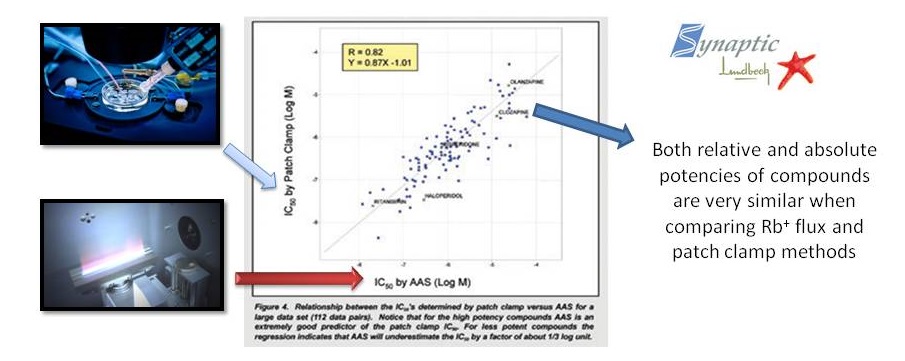
Aurora’s Ion Channel HTS Screening Assay Uses
Stable cell lines expressing various ion channels are used to give you the best quality data to decide on advancing molecules to the next phase of drug development.
Aurora employs flux assay technology (non-radioactive ions) as tracers for specific ion channels and transporters. High-throughput screening is offered on Aurora’s ICR 8000 and ICR 12000 systems.
Drug-induced proarrhythmic risk and cardiac dysfunction assessment is critical to modern cardiac safety screening. Aurora offers an integrative approach to various functional assays for compound screening.
Complexity of the study of Transporters
Transporters lack voltage sensors and cannot be as easily manipulated with a voltage clamp. Many co-transporters are electrically neutral and do not generate current. Considering labeling technologies such as radioactive or fluorescence-based assays there is a limited sensitivity and limited molecule turnover per seconds. Electrophysiological technologies also have little to no measurable current as ion flux through transporters is usually too slow and small. Trace Ion Flux is one of the best methods capable of obtaining high throughput activity measurements for electro-neutral ion transporters.
Trace ion flux is ideal for transporter screening:
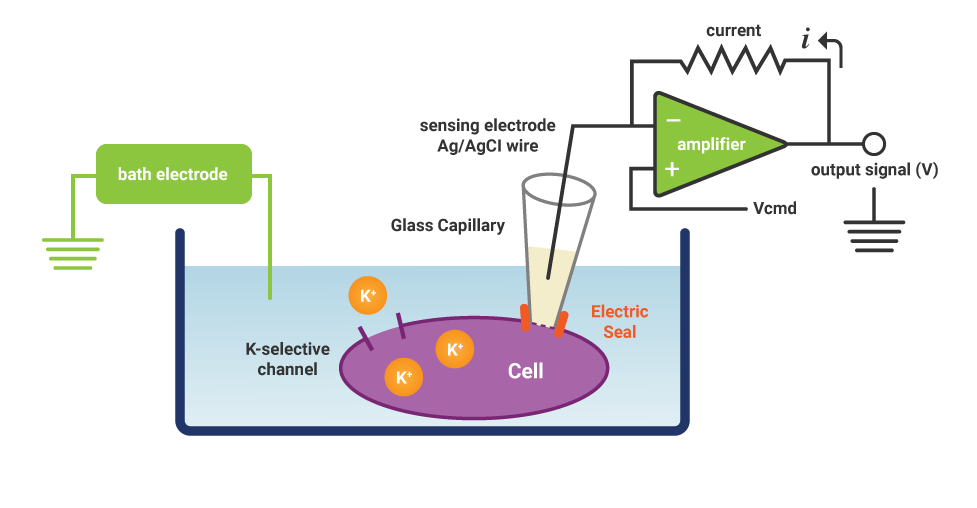
Trace ion flux is ideal for transporter screening
Aurora Biomed provides testing of your compound of interest or toxins against various transporters using a manual patch clamp (the gold standard method of electrophysiology) to the high throughput automated ion channel reader (ICR) technology. Our Scientists help you determine the right assay format and platform for your specific requirements and help you run your experiments safely and fast through data interpretation. We help you find solutions for your ion transporter research that meet your needs and provide comprehensive in vitro assessment for compound safety profiles in the early-phase discovery process.
Non-radioactive Rubidium Flux Assay in Ion Transporters Research
Small and sometimes electroneutral ion fluxes can limit the application of conventional EP methods to ion transporter study. Aurora’s ICR and assay services is an optimal technology for both functional and pharmacological transporter study.
Ion transporters are membrane proteins that facilitate the passage of ions against their concentration gradients. They are significant drug targets that have broad implications in drug discovery and development. The ion flux of transporters is much lower than what would be observed in the case of ion channels and in some cases is non-existent. This makes study by conventional means quite difficult. Over the past few years, we have worked diligently to refine our assays to be able to screen compound libraries and perform structure-function assessments of ion transporters.
One example is the high throughput screening of NKCC1 Modulators (Roche) – NKCC1 transporters produce an electroneutral flux across cell membranes, making study by patch-clamp impractical. A study published in conjunction with Roche details the ICR as a highly effective tool for high throughput screening of NKCC1 channels. As a result of this study, several hits were obtained from a focused library of 1450 compounds.
More recently Aurora’s ICR technology has been used for high throughput screening of NKCC1 modulators and the finding on the Role of NKCC1 activity in glioma K+ homeostasis and cell growth has been published by a research group at the University of Pittsburgh. Na+-K+-2Cl- cotransporter isoform 1 (NKCC1) is an important transporter that regulates intracellular K+ and Cl- homeostasis and cell volume. Researchers at the U of Pittsburgh investigated the role of NKCC1 in regulating glioma K+ influx and proliferation in response to apoptosis-inducing by temozolomide (TMZ) chemotherapeutic drug. The efficacy of STS66, a new BMT-derivative NKCC1 inhibitor in blocking NKCC1 activity was compared with bumetanide (BMT), a well-established NKCC1 inhibitor. NKCC1 activity in cultured mouse GL26 and SB28-GFP glioma cells was measured by Rb+ (K+) influx using Aurora’s ion channel reader 8000 (ICR 8000).
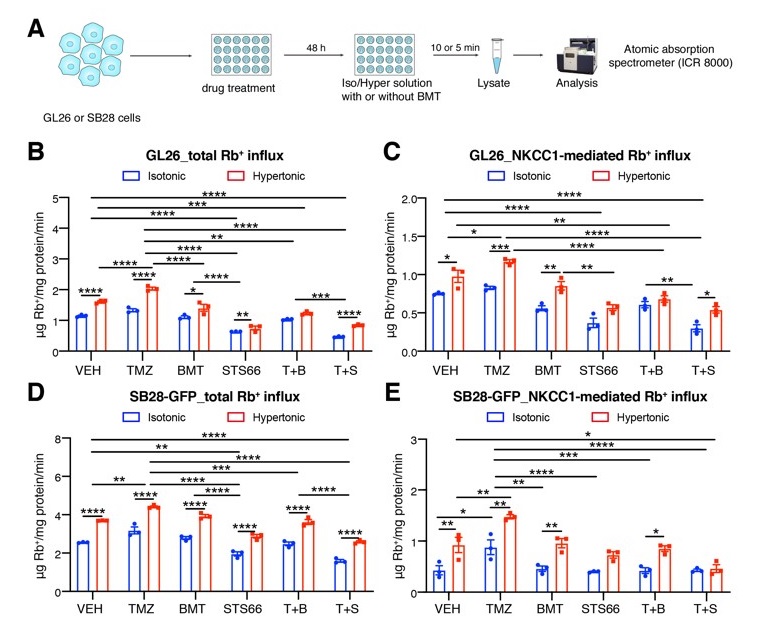
Importance of NKCC
The Na-K-Cl cotransporter known as (NKCC) is a protein that helps the secondary active transport of sodium (1Na+), potassium (1K +), and chloride (2Cl –) ions into cells. NKCC mainly is present in tissues including brain and kidney and is considered as an important drug target in hypertension, epilepsy, and neonatal seizures. In humans there are two isoforms of NKCC known as NKCC1 and NKCC2, encoded by two different genes.
